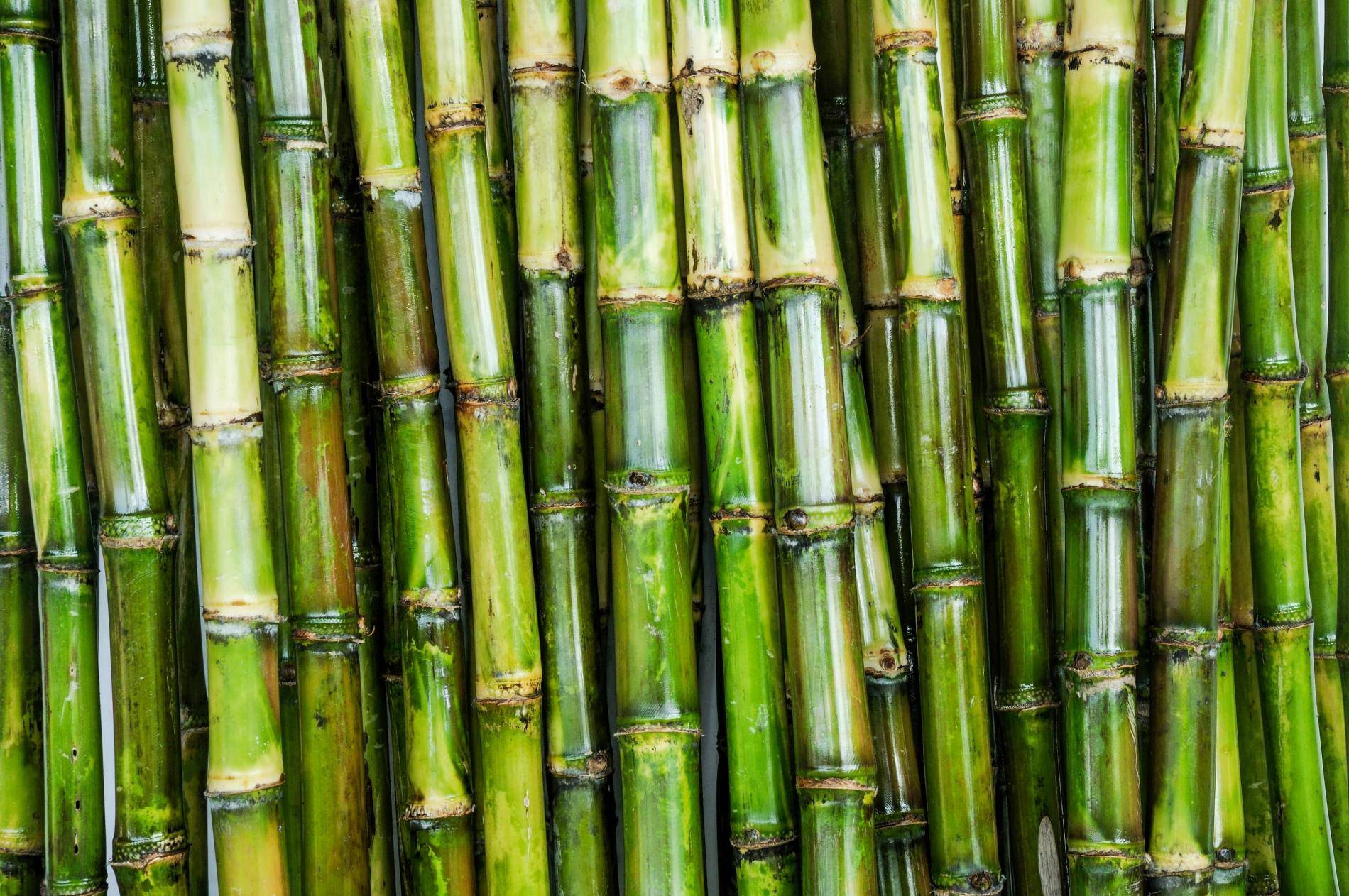Cane Sugar Processing: Standard Methods and Modern Innovations
Cane Sugar Processing: Standard Methods and Modern Innovations
Blog Article
Comprehending the Vital Techniques and Technologies Used in Modern Walking Stick Sugar Processing
The advancement of walking stick sugar processing has been substantially formed by the assimilation of advanced techniques and technologies that resolve both effectiveness and sustainability. Enzyme-assisted removal and innovative refining techniques have actually changed yield optimization, while automation helps with functional reliability. Furthermore, the focus on sustainable practices reflects a growing awareness of environmental influence. As we check out these critical advancements, it comes to be important to check out just how they not just improve manufacturing but likewise straighten with wider industry fads and consumer needs, questioning regarding the future of sugar handling and its implications for international markets.
Historical Context of Walking Cane Sugar Processing
The historical context of cane sugar processing exposes an abundant tapestry of farming technology and cultural exchange that has actually shaped its development over centuries. The process of extracting and refining sugar gained momentum in India, where approaches for formation were improved around the 6th century.

Advanced Removal Methods
Performance in walking cane sugar removal has actually seen substantial innovations, driven by the requirement for greater returns and reduced production prices. This strategy not just increases sugar yield but also lowers the energy required for processing.
Furthermore, the fostering of membrane layer filtration innovations, such as nanofiltration and reverse osmosis, has reinvented the separation of sugar from contaminations. These techniques enable the careful permeation of sugar molecules while keeping bigger impurities, improving the extraction process and reducing waste.
Moreover, the assimilation of continual removal systems has actually caused improved functional performance. Cane Sugar Processing. These systems keep a continuous flow of walking cane product, making sure optimal extraction conditions and decreasing downtime connected with set handling
Cutting-edge Refining Technologies
Refining strategies in cane sugar processing have actually undergone a transformative shift, driven by the need for greater pureness and boosted item high quality. Among the most significant advancements is the adoption of membrane purification innovations, such as ultrafiltration and nanofiltration. These procedures effectively remove contaminations and colorants without the requirement for considerable chemical therapies, thereby maintaining the sugar's all-natural flavor and enhancing its charm.
An additional substantial improvement is the usage of ion exchange materials, which permit discerning elimination of undesirable ions from sugar remedies. This innovation not blog just raises the total pureness of the final item however also adds to reduced waste and environmental influence.
Furthermore, advancements in adsorption methods, using triggered carbon and various other innovative products, have shown effective in decolorizing sugar options while preserving ideal quality. The combination of these cutting-edge refining innovations ensures that suppliers can generate polished sugar with superior clearness and this taste, fulfilling the advancing choices of customers.
Automation and Control Systems
Current advancements in refining modern technologies have led the method for substantial enhancements in automation and control systems within walking stick sugar handling centers. These systems utilize advanced software and hardware to enhance functional performance, minimize human error, and make certain regular item quality.
Modern automation incorporates various elements, consisting of sensors, actuators, and programmable logic controllers (PLCs), enabling real-time surveillance and control of vital procedures. For circumstances, circulation, temperature level, and stress prices can be exactly managed during removal, information, and formation phases, maximizing performance and minimizing waste.
Moreover, advanced data analytics and equipment discovering formulas play an essential function in predictive upkeep, permitting operators to anticipate tools failings before they occur. This positive technique not just decreases downtime yet also prolongs the life expectancy of equipment.
In addition, automation helps with the implementation of Sector 4.0 concepts, empowering sugar mills to achieve greater connectivity and data exchange across procedures. As an outcome, decision-making becomes more active and enlightened, ultimately improving the general competition of cane sugar manufacturing. With these improvements, the sector is well-positioned to satisfy growing global demands while maintaining functional excellence.
Sustainability Practices in Sugar Manufacturing
Sustainability techniques in sugar manufacturing have actually ended up being increasingly important as the market looks for to balance economic stability with ecological obligation. As consumer awareness expands pertaining to the environmental effects of farming techniques, sugar producers are embracing ingenious methods to minimize their ecological footprint.
One significant method is the application of precision agriculture techniques, which utilize information analytics to enhance source use, such as water and fertilizers. This lowers waste and decreases the effect on neighborhood communities. Moreover, numerous producers Extra resources are transitioning to eco-friendly power resources, such as biomass from sugarcane results, to power their operations, therefore lowering reliance on fossil fuels.
Water administration techniques are additionally important; rainwater harvesting and efficient watering systems assist mitigate water deficiency issues. Cane Sugar Processing. Furthermore, integrated insect administration strategies minimize chemical use, promoting biodiversity and dirt wellness
Company social responsibility campaigns are emerging, with firms buying local areas and making certain fair labor techniques. By embracing these sustainability practices, the sugar sector not only improves its reputation yet likewise adds to a much more lasting agricultural landscape, paving the method for future generations.

Conclusion
In summary, contemporary walking cane sugar processing includes a range of advanced methods and technologies that considerably boost effectiveness, sustainability, and return. Collectively, these advancements position the cane sugar market to satisfy contemporary needs while resolving important global difficulties.
The advancement of walking stick sugar handling has actually been considerably shaped by the combination of advanced methods and technologies that attend to both effectiveness and sustainability.The historical context of walking cane sugar processing reveals a rich tapestry of farming development and social exchange that has actually shaped its advancement over centuries. Technologies in milling and refining emerged, laying the foundation for modern-day cane sugar processing.Refining techniques in walking stick sugar processing have actually gone through a transformative shift, driven by the need for greater purity and enhanced product high quality.In recap, modern cane sugar processing includes a range of advanced methods and innovations that significantly boost performance, return, and sustainability.
Report this page